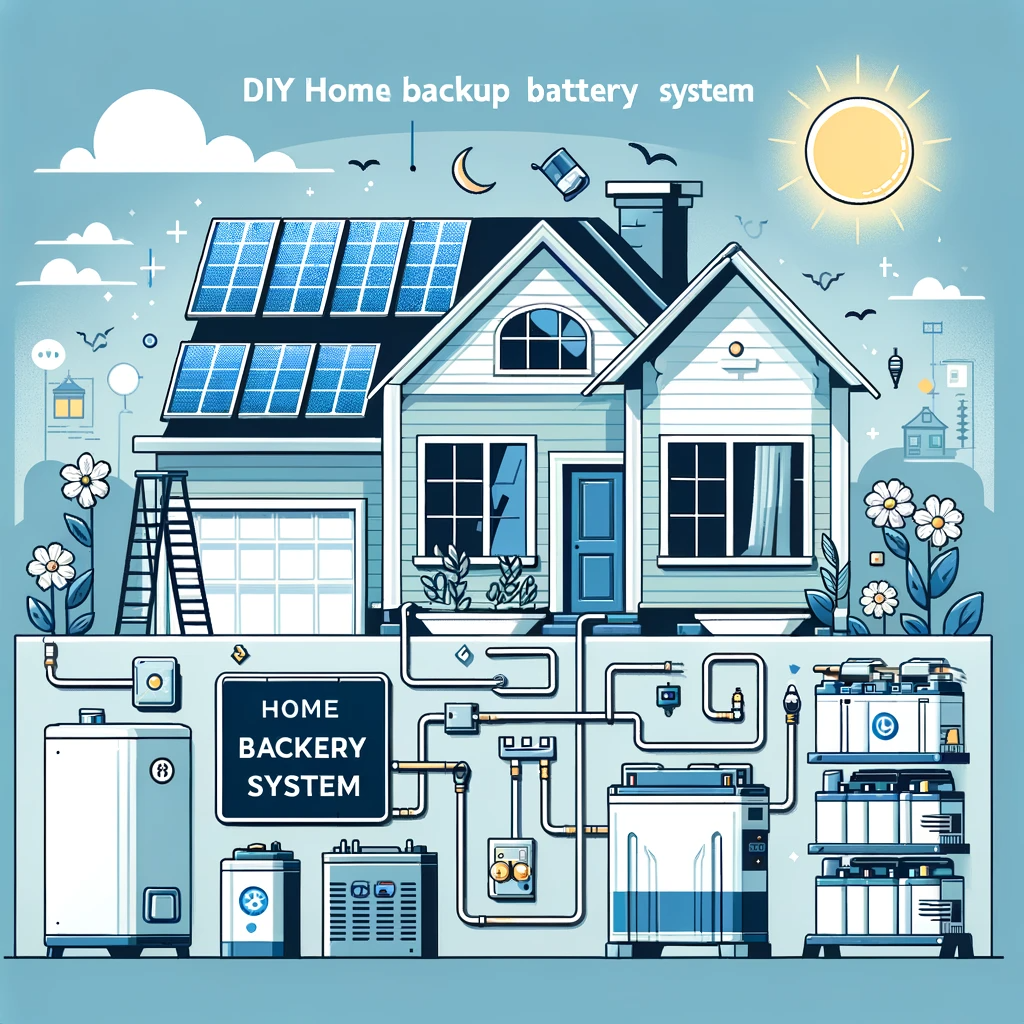Understanding DIY Home Backup Batteries: What You Need to Know First
Introduction
With the increasing interest in sustainable living and energy independence, DIY home backup battery systems have gained popularity. Whether for emergency power during outages or integrating renewable energy sources, understanding the basics of building a home battery backup system is crucial. This blog explores the essential aspects, key components, and common pitfalls associated with constructing a DIY home backup battery system.

What You Should Know Before Starting
- Understanding Energy Needs: Assess your energy requirements. How much power do you use daily, and what are your peak energy demands?
- Local Regulations and Safety: Check local codes and regulations regarding home energy systems. Safety should be your top priority.
- Budgeting: Estimate the cost. Consider initial expenses and long-term maintenance.
Key Components of a Home Battery Backup System
- Batteries: The heart of the system. Options range from lead-acid to lithium-ion batteries, each with its pros and cons.
- Charge Controller: Protects batteries from overcharging and regulates the voltage and current.
- Inverter: Converts DC power from batteries to AC power for home use.
- Energy Management System: Monitors and manages energy flow, ensuring optimal performance.
- Solar Panels (Optional): For those incorporating renewable energy sources.
Choosing the Right Components
- Battery Selection: Base your choice on capacity, lifespan, and budget. Lithium-ion batteries offer higher efficiency but at a higher cost.
- Inverter Sizing: Ensure the inverter can handle your highest load and consider future expansion.
- Quality Over Price: Opt for quality components to ensure reliability and longevity.

Common Pitfalls in Building a Home Battery Backup System
- Underestimating Power Needs: Overlooking peak energy usage can lead to insufficient power during critical times.
- Poor Quality Components: Choosing cheaper, low-quality components can result in system failures.
- Ignoring Maintenance: Regular maintenance is essential for the longevity of the system.
- DIY Complexity: Some aspects of installation might require professional help. Don’t hesitate to consult experts.
Conclusion
Building a DIY home battery backup system can be a rewarding project that enhances your energy independence and sustainability. However, it requires thorough planning, understanding the right components, and awareness of common pitfalls. By paying attention to these factors, you can ensure a reliable and efficient energy backup system for your home.

















.png)